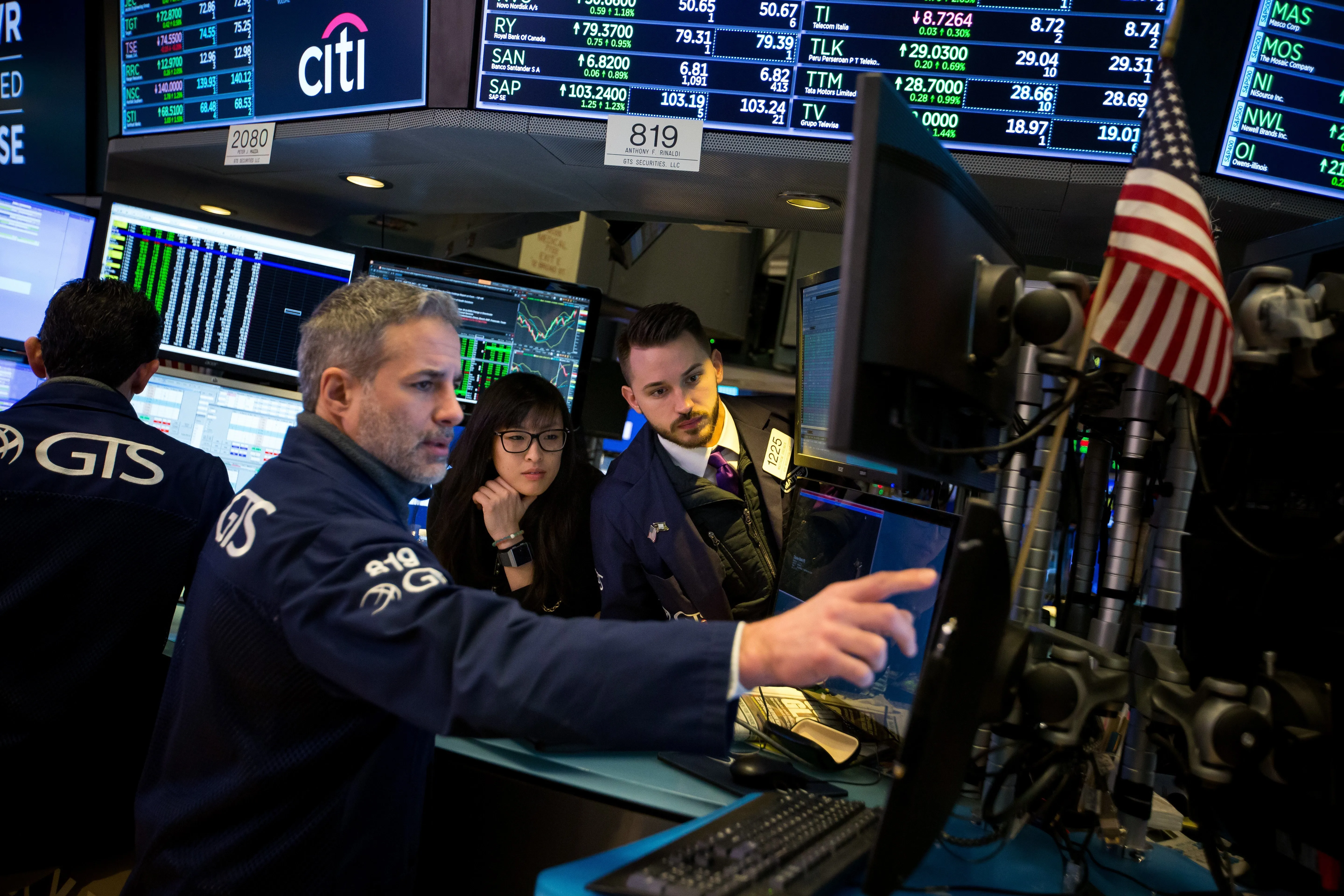Treasury prices climbed on Friday as investors parsed a mixed US labor report one that ultimately kept hopes alive for another Federal Reserve rate cut at the upcoming policy meeting. While the data didn’t deliver a clear signal, it offered just enough softness for markets to lean toward the possibility of further easing.
Yields moved lower across the curve, extending this week’s broader rally in government debt. The benchmark 10-year Treasury yield slipped two basis points to 4.11%, reflecting investors’ renewed appetite for safer assets as they reassess the path of monetary policy. Shorter-dated maturities also gained, suggesting that traders remain focused on how soon the Fed may feel comfortable trimming borrowing costs again.
The September employment numbers released later than scheduled because the government shutdown delayed data processing showed a labor market losing momentum but not collapsing. Employers added 119,000 jobs during the month, more than double the median economist expectation of 51,000. At first glance, the stronger-than-forecast hiring might have implied a more resilient economy. Yet the details painted a more nuanced picture.
Despite the better-than-expected payroll gain, the unemployment rate edged up to 4.4% from 4.3% a month earlier, signaling that labor conditions continue to loosen gradually. For many investors, that shift in the jobless rate carried more weight than the headline hiring number. Rising unemployment, even modestly, can indicate cooling demand for labor something the Fed has been watching closely as it tries to guide inflation back to target without triggering a deeper downturn.
“The unemployment rate is really the number that matters here, and it challenges the idea that the labor market is still perfectly balanced,” said George Catrambone, head of fixed income at DWS Americas. “That’s why rates are rallying. Investors are interpreting this as another step toward the Fed feeling comfortable cutting.”
The mixed nature of the report reflects an economy still adjusting to higher interest rates and evolving consumer demand. Wage growth has eased, job openings have declined from their pandemic-era highs, and more industries are showing selective hiring rather than broad expansion. For markets, these shifts help support the argument that inflation pressures are fading giving policymakers additional room to consider more accommodative actions.
Traders responded quickly. Fed funds futures showed a meaningful jump in the probability of another rate cut at the next Federal Reserve meeting. Markets now assign roughly a 34% chance that policymakers will lower rates by a quarter point up from around 20% prior to the release of the unemployment figures. While still far from a guarantee, the move indicates growing conviction among bond investors that the Fed may extend its easing cycle for a third consecutive meeting.
The bond market’s reaction also reflects broader uncertainty about the economic outlook. Softer jobs data, even when mixed, often pushes investors toward Treasuries as they look for stability and clearer direction from policymakers. With inflation readings firming at a slower pace and key sectors losing some steam, the labor report strengthened the narrative that the Fed’s tightening campaign has largely achieved its purpose.
Still, the central bank’s path forward remains heavily dependent on incoming data. Policymakers have repeatedly emphasized that decisions are being made meeting by meeting, leaving investors to analyze each economic release for clues. For now, Friday’s numbers add to the argument that the economy is cooling just enough for the Fed to consider more support if necessary.
In the weeks ahead, traders will closely monitor inflation updates, consumer spending figures, and corporate earnings trends for confirmation that the slowdown remains controlled rather than accelerating. Any signs of renewed price pressure or unexpected economic strength could quickly shift rate expectations once again.
But for today, Treasury buyers found what they were looking for: evidence of a labor market gradually easing, an unemployment rate moving in a direction that supports the case for additional policy relief, and a Fed that may soon feel justified in continuing its cautious pivot toward lower borrowing costs.
If you want this expanded into a full 700-word version with more macro context, Fed history, or yield-curve discussion, just let me know I can extend it cleanly without adding fluff.

Subscribe to our newsletter!
As a leading independent research provider, TradeAlgo keeps you connected from anywhere.








